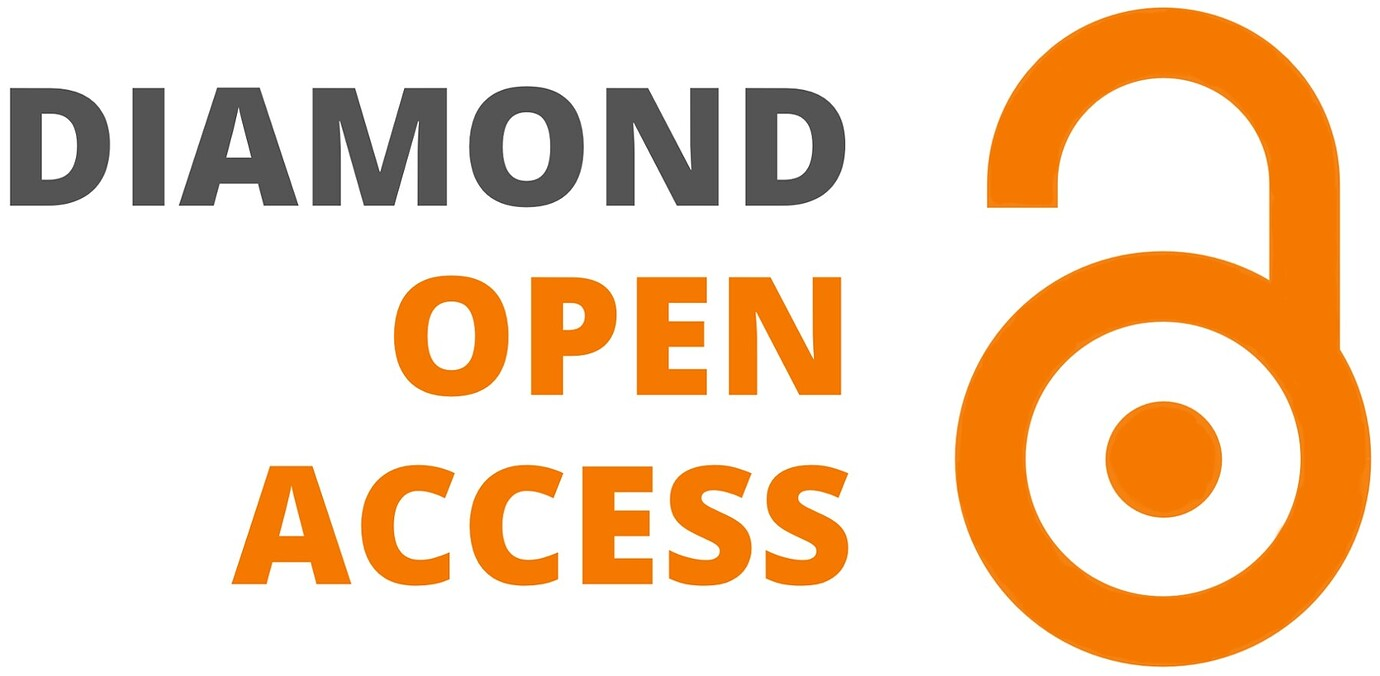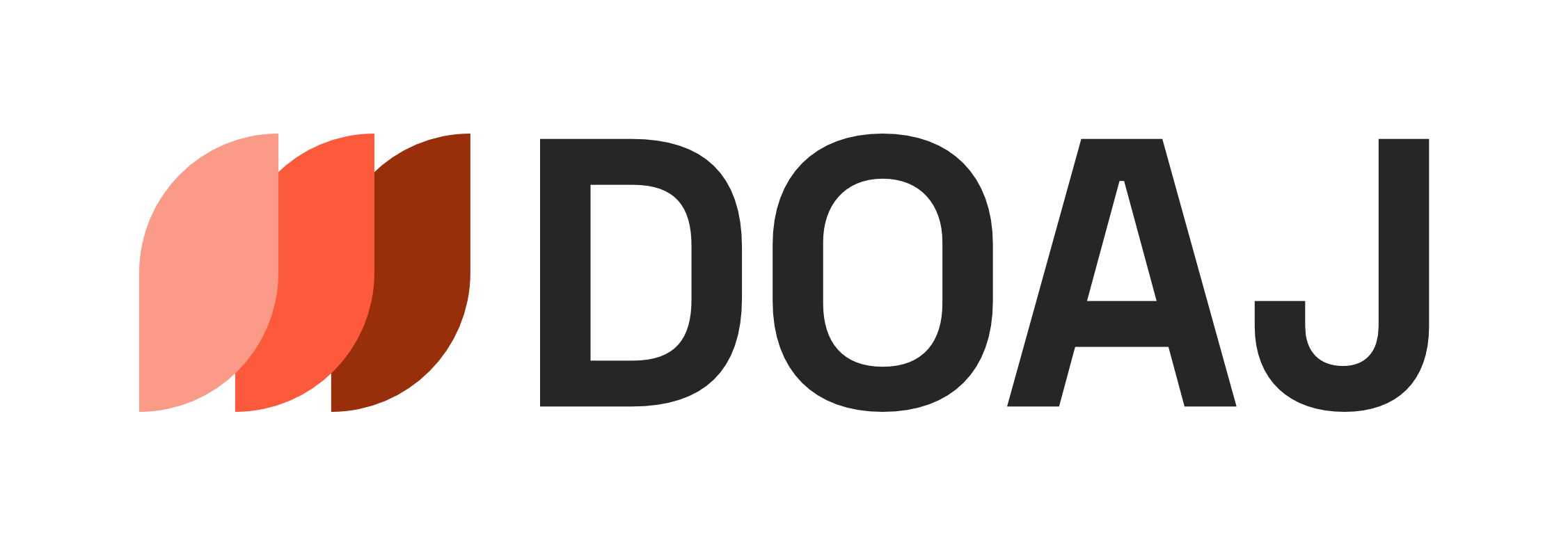Submissions
Submission Preparation Checklist
All submissions must meet the following requirements.
- The article corresponds to the fields covered by the journal and the types of publication accepted
- The manuscript must be in .docx format;
- Inclusive writing is not used;
- The number of characters is between 4000 and 8000;
Tables and/or figures are limited to 15 items; - The manuscript, tables, figures and appendices must be anonymous;
- The required formatting rules (fonts, sizes and styles) are respected;
- The keywords and abstract are present;
- Citations and bibliographic references comply with the APA version 7 standard;
- Bibliographic references are limited to 50 items;
- The ‘Acknowledgements - Declaration of interests and funding’ document has been submitted;
- The files comply with the required file naming scheme.
Articles
Three formats are currently accepted for evaluation: (1) original studies using appropriate quantitative and/or qualitative methods, (2) literature reviews, and (3) clinical cases or series of cases.
Copyright Notice
Articles published in Glossa are distributed under the CC-BY 4.0 International licence. A non-exclusive copyright assignment agreement will be sent for signature prior to publication.
If extracts from other documents or works under copyright are included in the submission, authors must provide written authorisation from the copyright holders (unless a licence authorising redistribution is granted) and cite the sources of the original publication in the article.
Plagiarism and use of artificial intelligence
At the submission stage, and before the evaluation stage, manuscripts will be checked using anti-plagiarism software and an artificial intelligence detector. Submissions that contravene our anti-plagiarism policy will be systematically rejected.
Privacy Statement
The names and email addresses entered in this journal site will be used exclusively for the stated purposes of this journal and will not be made available for any other purpose or to any other party.




